Inside The New York Botanical Garden
Posted in Adult Education, Around the Garden, Learning Experiences, Programs and Events on May 4 2012, by Joyce Newman
 Suppose you really can’t draw, but always wished you could…especially when it comes to drawing those gorgeous blooms in your backyard. Well now’s your chance to make your wish come true: Botanical Drawing I is just one of the new summer intensive classes offered by NYBG starting in July. Think of it as a summer camp experience designed for grown-ups.
Suppose you really can’t draw, but always wished you could…especially when it comes to drawing those gorgeous blooms in your backyard. Well now’s your chance to make your wish come true: Botanical Drawing I is just one of the new summer intensive classes offered by NYBG starting in July. Think of it as a summer camp experience designed for grown-ups.
With the botanical drawing class, in just one week you’ll learn specific techniques for drawing accurately, including professional standards of form, measuring, foreshortening, and perspective. The classes are offered in July (9 through 13) or August (6 through 10), at NYBG and the Midtown Manhattan Center, respectively.
Read More
Posted in Around the Garden, Photography on May 4 2012, by Matt Newman
The sun doesn’t have a monopoly on picturesque afternoons. Really, it’s all about how you choose to appreciate your surroundings. This week’s rain had many of us muttering under the cover of our umbrellas, but the way in which an overcast sky saturates spring colors tends to make up for the inconvenience.
Not that we’re ungrateful for this weekend’s forecast–the chance of a drizzle keeps dropping, and dropping..
[Not a valid template]
Posted in Around the Garden, Photography on May 3 2012, by Matt Newman
 More from our local do-it-yourself shutterbug! Followers over the last year will have seen our previous contributions from Joel Kroin, whose pinhole captures cast a narrow bridge between the charm of old-fashioned photography and modern composition. His shots of the Garden grounds almost give a tricky glimpse into the past.
More from our local do-it-yourself shutterbug! Followers over the last year will have seen our previous contributions from Joel Kroin, whose pinhole captures cast a narrow bridge between the charm of old-fashioned photography and modern composition. His shots of the Garden grounds almost give a tricky glimpse into the past.
Normally Joel doesn’t bring his pinhole camera to the Garden quite as often once the leaves return. “With so many flower and leaf colors, this time of the year is not my favorite since leaves obscure fine plant lines,” he says. In this case, one shot in particular catches our eye, as well as the essence of the Rock Garden–a classic Alpine landscape underscored by the peaceful gush of water over stone.
Read More
Posted in Around the Garden, Photography on May 3 2012, by Matt Newman
Not quite the garlic you were looking for? Schubert’s Garlic, or Allium schubertii, is indeed related to the bulbs you find haphazardly piled together in the produce section of your local supermarket. As part of the onion family, it even gives off that familiar smell when bruised or broken. But Schubert’s Garlic is known more for its bright sprays of pink and green florets than for its culinary uses.

Allium schubertii — Photo by Ivo M. Vermeulen
Posted in Learning Experiences, People on May 2 2012, by Matt Newman
 My only run-in with the legacy of Pythagoras lies in a mathematical theorem: A2+B2=C2. One of those familiar formulas you’re smacked around with in middle school geometry, something most of us had to suffer. (“Suffer” being relative to whether or not you’re as mathematically stunted as I am.) But in the shadow of this Greek philosopher’s lauded contributions to the number game, what else do we find?
My only run-in with the legacy of Pythagoras lies in a mathematical theorem: A2+B2=C2. One of those familiar formulas you’re smacked around with in middle school geometry, something most of us had to suffer. (“Suffer” being relative to whether or not you’re as mathematically stunted as I am.) But in the shadow of this Greek philosopher’s lauded contributions to the number game, what else do we find?
Beans, actually–the same delicious, colorful family of foodie favorites we were talking about only recently. It’s thanks to the obscure (dare we say esoteric?) knowledge of Matthew Wills that we were clued into the rather demented history of the legume.
Bear with me here. I’m not running off on a mad tangent about the piddling dietary habits of a long-dead philosopher. Or maybe I am. It was during Pythagoras’ lifetime as a renowned Greek thinker and teacher that he seeded a bushel of ideas far above and beyond his maths. He also created a religion of sorts. And within the guidelines of that religion, supposed dietary restrictions. I say “supposed” because Pythagoras never wrote anything down himself; it was owed to his followers in succeeding generations that anything the man thought or declared was ever saved for posterity. In and among reflections on the transmigration of the soul and the importance of music, we find the humble bean.
Read More
Posted in Around the Garden, Photography on May 2 2012, by Matt Newman
It was less than a month ago (April 8, to be exact) that I posted the photo immediately below. Hints of spring, yes, but still a long way off from the effusion of gleaming greens you see further down. Try to wrap your head around the fact that these two photos were taken less than a month apart!
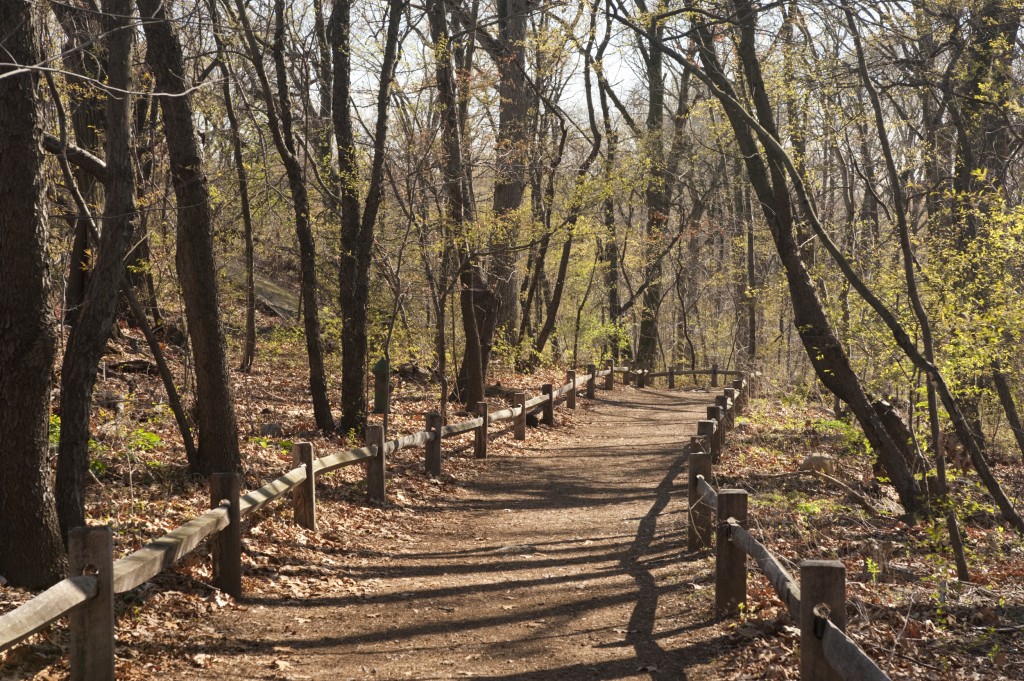
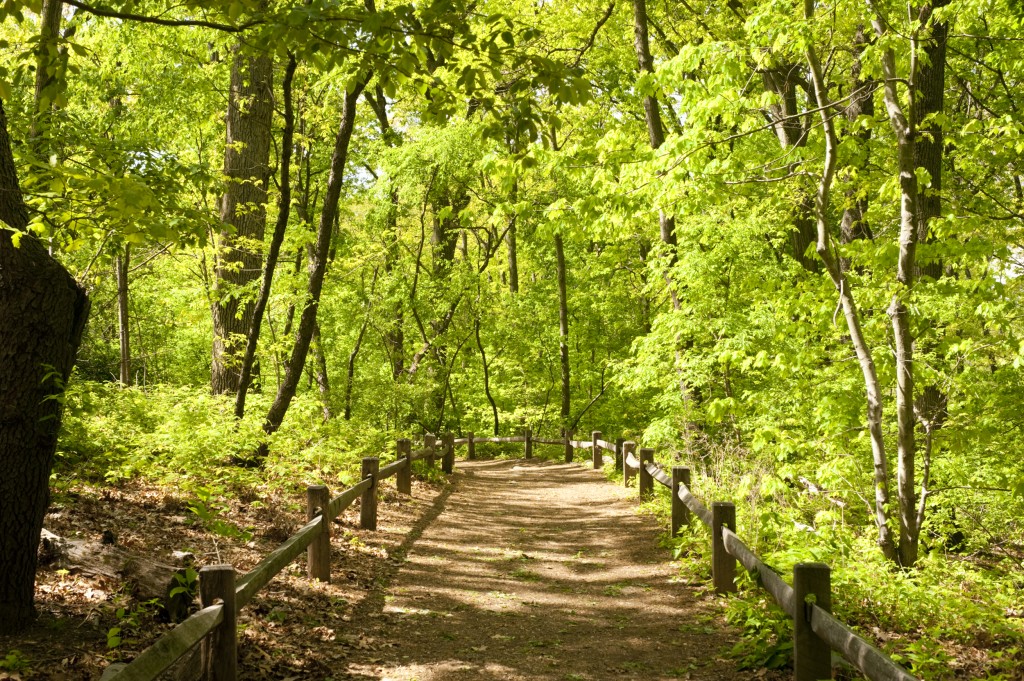
Photos by Ivo M. Vermeulen
Posted in Programs and Events on May 1 2012, by Education at NYBG
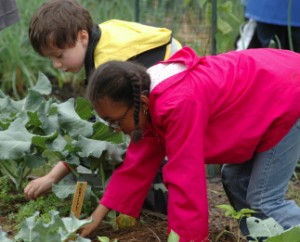 How often do your kids get a free pass to play in the dirt? It’s probably not a daily event. But beginning Wednesday, May 2, the NYBG kicks off children’s gardening programs at the Ruth Rea Howell Family Garden that won’t leave you scrubbing muddy footprints off the kitchen floor.
How often do your kids get a free pass to play in the dirt? It’s probably not a daily event. But beginning Wednesday, May 2, the NYBG kicks off children’s gardening programs at the Ruth Rea Howell Family Garden that won’t leave you scrubbing muddy footprints off the kitchen floor.
Garden Sprouts introduces three- to five-year-olds and their accompanying parent to garden exploration, from digging for earthworms to planting seeds. Sprouts enjoy seasonal gardening tasks, the opportunity to sample garden-fresh produce grown in their own plots, and activities especially crafted for the young green thumb. It’s a fun and productive way to get them out of the house.
Read More
Posted in Gardening Tips on May 1 2012, by Sonia Uyterhoeven
 There are many scientific textbooks around that will tell you all you ever cared to know about soil analysis, plant physiology, and propagation techniques. These tomes all have their place if you have the endurance to plow through them chapter by chapter.
There are many scientific textbooks around that will tell you all you ever cared to know about soil analysis, plant physiology, and propagation techniques. These tomes all have their place if you have the endurance to plow through them chapter by chapter.
If we are to conjecture what an antipodean approach would look like, then perhaps gardening to lunar cycles would fall at the opposite end of the spectrum from scientific research. The reality of the situation is that information, from whatever quadrants of learning it stems from, is just information–it all tends to intersect at some level. I find all types of knowledge useful. Ultimately, it is about cultivating your own gardening philosophy.
Read More
Posted in Around the Garden, Science on May 1 2012, by Matthew Pace
Matthew Pace, an expert with the NYBG through 2011, is currently pursuing a Ph.D. in botany at the University of Wisconsin.
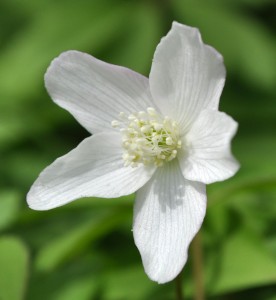 The next time you’re outdoors, take a moment and look around. What plants do you see growing nearby? Have those species always been there? Might there be plants that once grew in that area but are no longer found there? How can we help to protect the plants that we find in a given area? These are questions that many botanists and horticulturalists think about and strive to understand every day. They are central to the issues of conservation and restoration–issues which are also central to the mission of The New York Botanical Garden.
The next time you’re outdoors, take a moment and look around. What plants do you see growing nearby? Have those species always been there? Might there be plants that once grew in that area but are no longer found there? How can we help to protect the plants that we find in a given area? These are questions that many botanists and horticulturalists think about and strive to understand every day. They are central to the issues of conservation and restoration–issues which are also central to the mission of The New York Botanical Garden.
A real-world example of these issues is the case of Anemone quinquefolia and the NYBG. Based on founder Nathaniel Lord Britton’s first list of species originally found on NYBG grounds; field work in the Forest; and herbarium work I had conducted (looking through hundreds of dried plant specimens of species found in the NYC metro-area), I thought Anemone quinquefolia was just one of the 100+ native plant species which have been extirpated since the founding of the Garden (“extirpated” is a word which describes species which were once found in a location, but are no longer found there, a.k.a. local extinction). The last herbarium collections of Anemone quinquefolia were from 1898. Little did I know that I was in for the surprise of the year!
Read More
Posted in Around the Garden, Photography on April 30 2012, by Matt Newman
Wasn’t it only a month ago, give or take, that the Seasonal Border was a simple stretch of soil, spotted with tiny sprouts and shy flowers? Looks like that protective mesh did an admirable job of keeping the squirrels away.
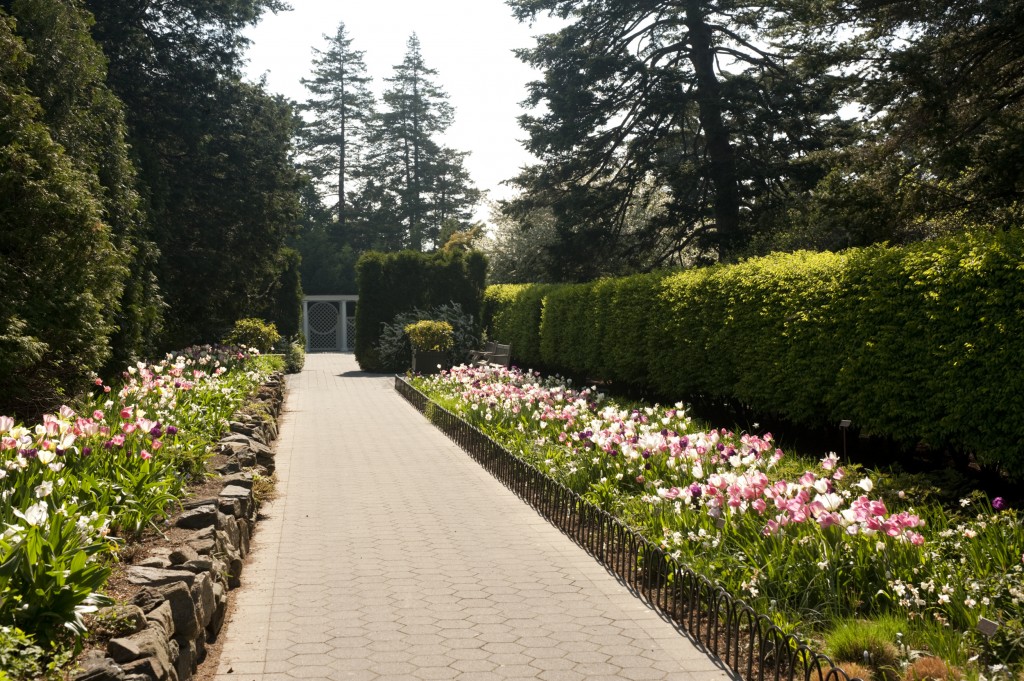
Photo by Ivo M. Vermeulen
 Suppose you really can’t draw, but always wished you could…especially when it comes to drawing those gorgeous blooms in your backyard. Well now’s your chance to make your wish come true: Botanical Drawing I is just one of the new summer intensive classes offered by NYBG starting in July. Think of it as a summer camp experience designed for grown-ups.
Suppose you really can’t draw, but always wished you could…especially when it comes to drawing those gorgeous blooms in your backyard. Well now’s your chance to make your wish come true: Botanical Drawing I is just one of the new summer intensive classes offered by NYBG starting in July. Think of it as a summer camp experience designed for grown-ups.








